Traditionally, we give gold jewelry on the occasion of a baptism or communion. However, if such a gift is to be a safeguard for the future, it is worth deciding to give a gold coin or bar. We explain why.
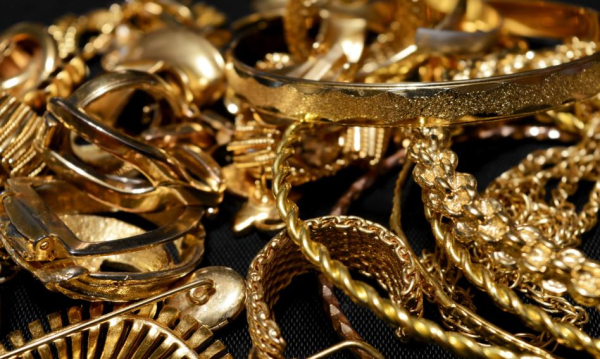
Gold has always been considered a gift for important life events. In some cultures, gold acts as an amulet or talisman protecting against evil forces. For example, in India, it is believed to bring prosperity and happiness. In Poland, baptism, First Holy Communion or wedding are moments when we often give gold jewelry or small gold bars.
Earrings, chains or rings have sentimental value in addition to their material value. However, if we want the gift of gold to be a form of securing the financial future of the recipient, it is worth considering buying a small bar or coin, i.e. so-called investment gold.
See alsoTake your first steps towards safe investments – read our guide to Treasury Bonds!
It is worth recalling that in finished jewellery, the cost of 1 gram of gold is much higher than what we will pay for 1 gram of pure gold in a bar. Apart from the costs of production, paying the salon and employees, jewellery is taxed at a 23% VAT rate. Gold in the form of bars or coins is investment gold, which is exempt from this tax, so we are already quite “ahead” from the start. The production of gold bars is also much simpler and cheaper, which is why the price of the precious metal constitutes over 90% of the costs of the finished product.
Not all gold is the same
Gold used for the production of bars has a fineness of 24K (999.9), while the most popular finenesses used in jewelry are: 14K (585) or 8K (333), which means that the finished product contains less than 60 percent or slightly over 30 percent of pure metal. If we want to invest in gold by buying jewelry, it is also worth mentioning another troublesome aspect – the valuation of jewelry is not a simple matter, unless we decide to sell it at the so-called scrap price, i.e. only at the value of the metal contained in it.
If we decide to buy gold, there is no hiding the fact that the most important factor is our financial possibilities. And the price of gold has skyrocketed in recent years. The smallest gold bars weighing 1 g are currently priced at around PLN 450. For comparison, a one-ounce gold bar (31.1 g) costs around PLN 12,500, which is around PLN 400 per gram – quite a big difference. That is why it pays to buy gold in the largest possible bars, where the final cost of 1 gram of gold is lower.
Or maybe a gold coin?
As with bars, the heavier the coin, the lower the margin. The price is also influenced by the mintage of a given coin – the more there is, the cheaper the coin. Sometimes, when buying a larger number of coins at once, we can expect a slightly lower unit price from the seller.
An interesting fact is that gold bullion coins have a face value and legal tender status, which exempts them from taxes. Most coins have a face value stamped on them, but it is much lower than the value of the precious metal from which the coin was made.
Krugerrand – for the first time
The first bullion coin in the world was the Krugerrand, minted in 1967 in South Africa from 916 gold. Previously, gold coins were used, but these were circulation coins used in everyday transactions. The Krugerrand was issued with only one intention: to enable individual investors to purchase physical gold in a convenient and accessible form. The Krugerrand stands out from other bullion coins due to the alloy from which it is made – it contains a small admixture of copper. Until 1980, Krugerrands accounted for as much as 90% of the world gold market.
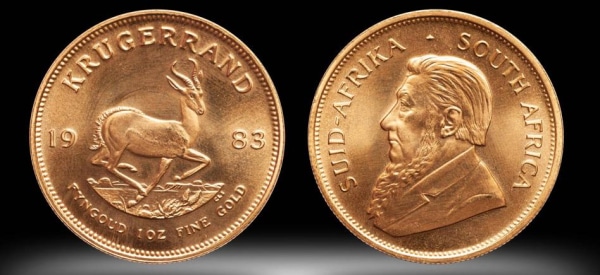
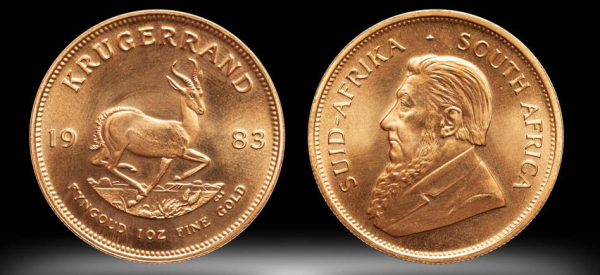
Matt Light
Before 1974, citizens in the US were not allowed to own gold (Roosevelt had banned it in 1933). Then the regulations changed and the Krugerrand immediately gained great popularity – out of 50 million ounces minted between 1967 and 2018, 22 million went to the US between 1974 and 1985. In 1985, Ronald Reagan signed an executive order that Krugerrands could not be imported into the US, which was directly related to the apartheid policy in South Africa. Then, other bullion coins quickly appeared on the market.
Canadian Maple Leaf and American Eagle
Among the most popular gold bullion coins is the Canadian Maple Leaf, which was created as a response to the Krugerrand back in 1979. Like South Africa, Canada has vast gold deposits, which constitute a significant part of its economy.
In 1985, when it was forbidden to bring Krugerrand coins into the US, the US Mint began issuing the American Eagle, which in its design refers to the famous Double Eagle gold twenty-dollar coin minted between 1907 and 1933. Until 2020, the reverse of the coin featured an eagle flying over a nest with an olive branch in its beak. Since 2021, the US Mint has been issuing a new version of the coin (Type 2), which shows a close-up of the head of a bald eagle – one of the symbols of the United States.
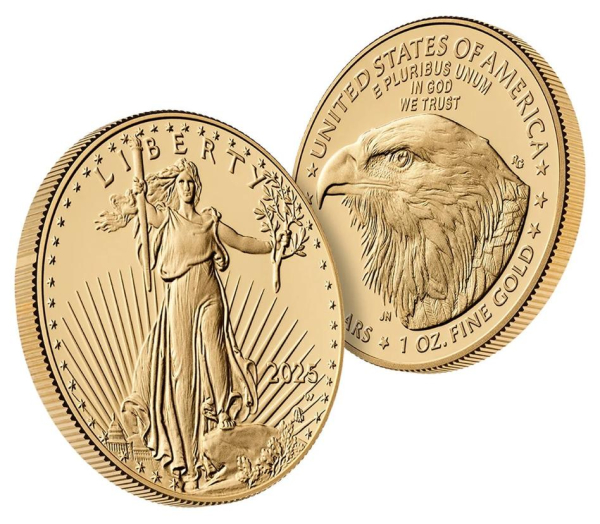
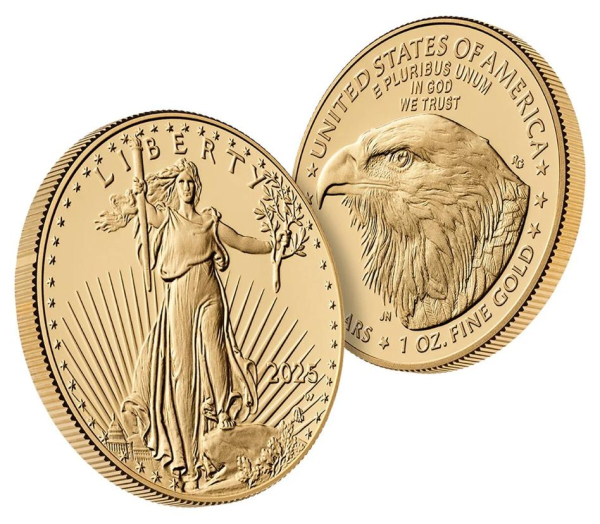
US Mint
Like the Krugerrand, the American Eagle was minted not from pure gold but from an alloy. In this case, however, it is 91.67 percent gold, 3 percent silver, and 5.33 percent copper.
Other popular gold bullion coins among investors include the Austrian Philharmonic, Australian Kangaroo, Britannia, and Chinese Gold Panda. Many of the above coins also come in versions smaller than one ounce, such as 1/2 ounce, 1/4 ounce, and 1/10 ounce of gold, making them more affordable for investors.
Poles have Bielik for that
The National Bank of Poland also issues gold bullion coins. The White-tailed Eagle is the only Polish investment coin and has been issued since 1995. The golden white-tailed eagles are minted from 999.9 fine gold and come in four sizes: 1/10 oz, 1/4 oz, 1/2 oz and 1 oz.
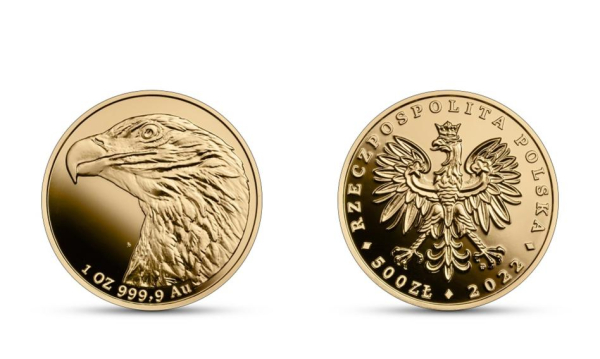
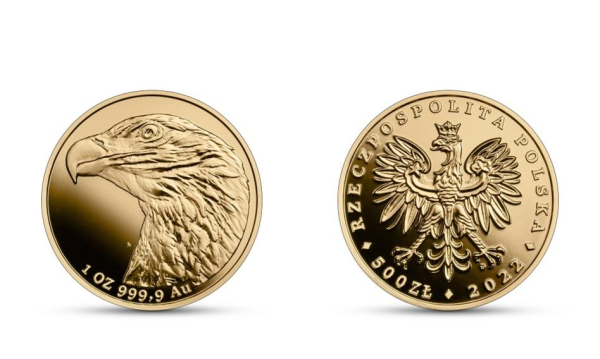
NBP
These coins are legal tender in Poland with denominations of PLN 50, PLN 100, PLN 200 and PLN 500, respectively. But as we have already mentioned, their actual value is much higher than the denomination. The sale of ounce coins issued by the NBP is conducted at the cash desks of the NBP District Branches.
We invite you to read the rest of the materials in the series Tydzień złota. All of them are available at this link.
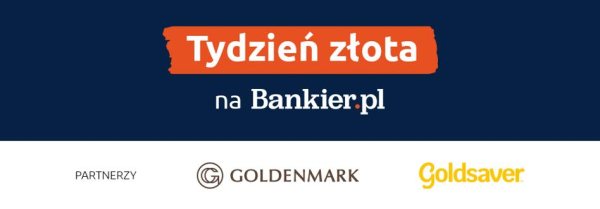
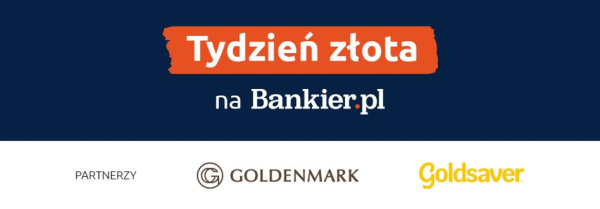
Bankier.pl